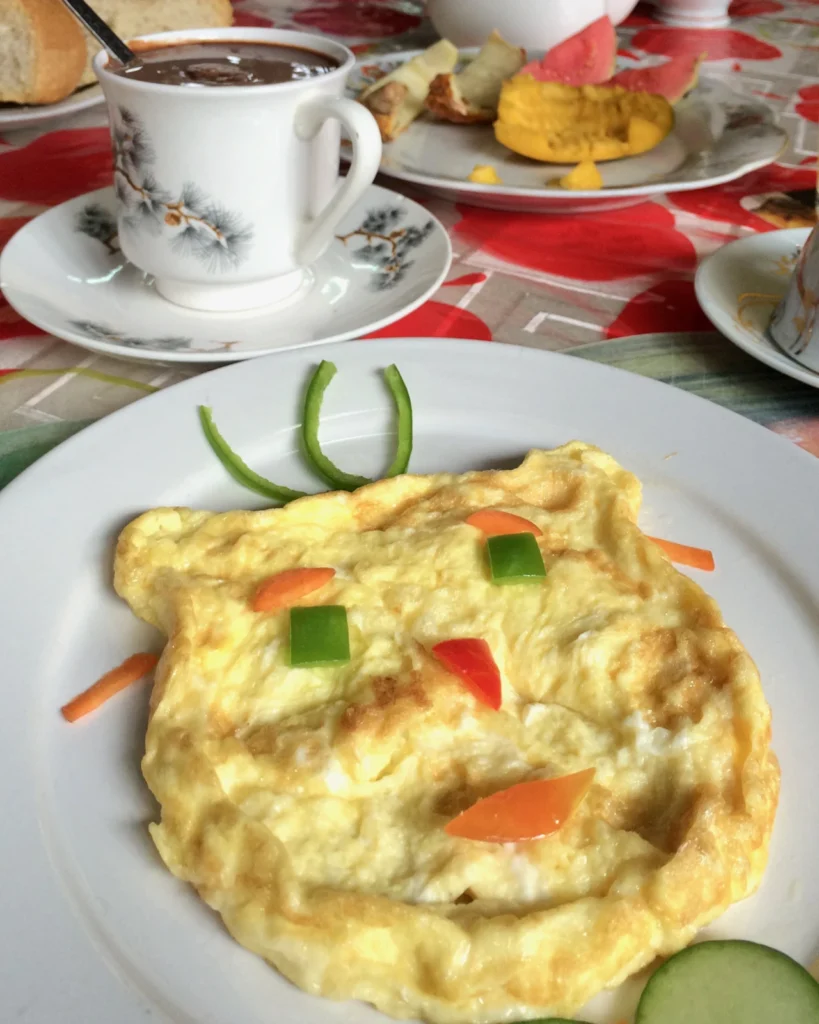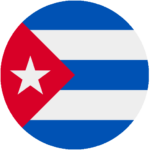After an early breakfast of a ‘Mr. Happy-Face’ omelette and a cup of fresh hot chocolate our intrepid group of 12 led by Andy set off in the minibus captained by our friendly man-in-the-shadows, Jorge.

This is the first day of our 12 day road trip slowly making our way back to Havana. Our Cuban adventure follows The Carretera Central (Central Road) de Cuba, a 1,435 Km highway that stretches from coast to coast from La Fé in the west to Baracoa in the east (we only leave the highway to visit Cienfuegos and Trinidad).
But today we are heading to Santiago de Cuba, Cuba’s second city which is 240 Kms and 4 1/2 hours from Baracoa. The journey starts with the 60 km stretch of La Farola Viaduct, the mountain pass that connects Baracoa with the rest of Cuba. Completed in 1963, La Farola is considered one of the seven wonders of Cuban Civil Engineering, and one of its most scenic drives, the road twists and turns up and down through dense forest and some of Cuba’s highest mountains.
After reaching elevations of 600 metres, the road returns to sea level near Cajobabo, where land starts to look pretty poor and unproductive.
1 1/2 hours later, about 70 kms from Baracoa we have a quick comfort stop at Imias, a one-horse town a third of the way to Santiago de Cuba. We make today’s road-trip in 3 sections each of about 1 1/2 hrs and 80km stretches with the next section of our journey taking us to lunch at Guantanemo after a quick stop at the Guantanemo Bay lookout.
After lunch, we leave for the final leg of our journey but not before a ‘real life’ visit to Andy’s family home on the outskirts of Santiago de Cuba. 12 privileged tourists awkwardly standing in the sitting room with Andy’s Grandmother; the stories she could probably tell, all the while we stood, ignorant and politely smiling.
It wasn’t far to the massive monument and surrounding plaza celebrating Major General Antonio Maceo Grajales, second in command in the war of independence. Cubans gave Maceo the nickname “The Bronze Titan” (El Titán de Bronce), Spaniards referred to Maceo as the “Greater Lion” (El León mayor). He was killed in battle, as as referenced by the symbolism of the horse’s two front legs raised from the ground. The sharp pointy things represent 23 machetes which also signifies the date, March 23 1878 when Maceo issued his ‘Protest of Baraguá’ (https://en.wikipedia.org/wiki/Pact_of_Zanjón)
